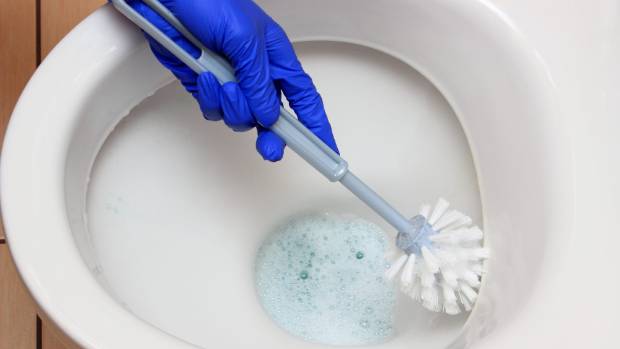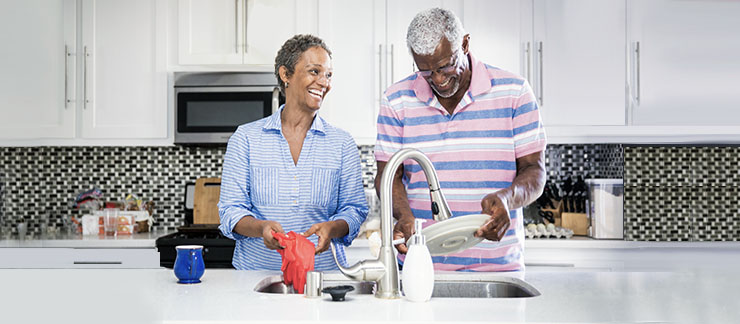Wooden kitchen utensils, such as cutting boards, spoons, and spatulas, are a popular choice for many home cooks due to their durability and natural beauty. However, wood is also porous and can harbor bacteria and other germs if not properly cleaned and disinfected. In this guide, we will outline the steps you need to take to disinfect your wooden kitchen utensils effectively.
Step 1: Clean Your Wooden Utensils
Before disinfecting your wooden utensils, it’s essential to clean them thoroughly. Use warm, soapy water and a scrub brush to remove any visible dirt, stains, or food residue from the surface of the wood. Be sure to get into any crevices or grooves in the wood to remove any bacteria hiding there.
Rinse the utensils with warm water and dry them with a clean towel. Do not let them air dry, as this can create the perfect environment for growing bacteria.
Step 2: Disinfect Your Wooden Utensils
Once your wooden utensils are clean, it’s time to disinfect them. There are several ways to do this:
White Vinegar: White vinegar is a natural disinfectant that can be used to clean and disinfect wooden utensils. Mix equal parts white vinegar and water in a spray bottle and spray the solution onto the surface of the wood. Let it sit for a few minutes, then wipe it off with a clean towel. Repeat if necessary.
Hydrogen Peroxide: Hydrogen peroxide is another natural disinfectant that can be used to disinfect wooden utensils. Mix equal parts hydrogen peroxide and water in a spray bottle and spray the solution onto the surface of the wood. Let it sit for a few minutes, then wipe it off with a clean towel. Repeat if necessary.
Bleach: Bleach is a powerful disinfectant that can be used to disinfect wooden utensils. Mix one tablespoon of bleach with one gallon of water and use a clean towel to apply the solution to the surface of the wood. Let it sit for a few minutes, then rinse the utensil with water and dry it with a clean towel.
Note: Be sure to wear gloves when using bleach and avoid using it on colored or painted wooden utensils, as it can cause discoloration.

Step 3: Oil Your Wooden Utensils
Wooden utensils can dry out over time, which can cause them to crack and split. To prevent this from happening, it’s important to oil your wooden utensils regularly. Food-grade mineral oil or coconut oil are good choices for this purpose.
Apply a small amount of oil to a clean cloth and rub it onto the surface of the wood, making sure to cover the entire utensil. Let the oil soak in for a few minutes, then wipe off any excess with a clean towel. Repeat this process every few months to keep your wooden utensils in good condition.
Step 4: Store Your Wooden Utensils Properly
Proper storage is critical to keeping your wooden utensils clean and bacteria-free. Store them in a dry, well-ventilated area away from direct sunlight and heat sources. Avoid storing them in a damp environment, such as the sink or dishwasher, as this can cause them to absorb water and lead to bacterial growth.
To prevent cross-contamination, storing your wooden utensils separately from other kitchen tools and utensils is also essential.
Following the steps outlined in this guide, you can keep your wooden utensils clean, disinfected, and in good condition for years. Remember to clean your utensils thoroughly before disinfecting them, and choose a disinfectant that suits your needs and preferences. Be sure to oil your wooden utensils regularly to prevent them from drying out, and store them properly in a dry, well-ventilated area. Happy cooking!





